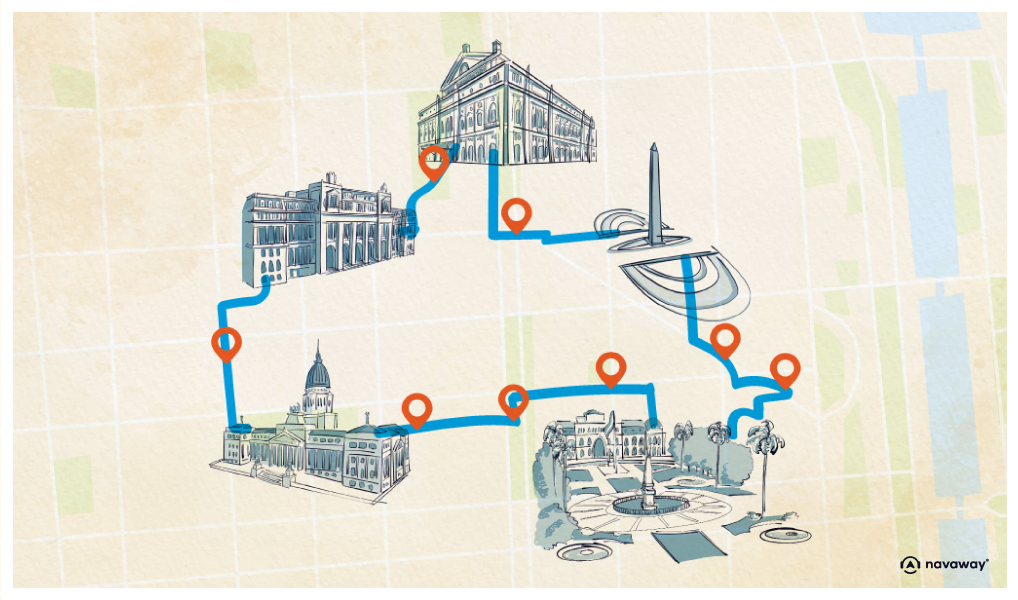
Plaza de Mayo – May Square
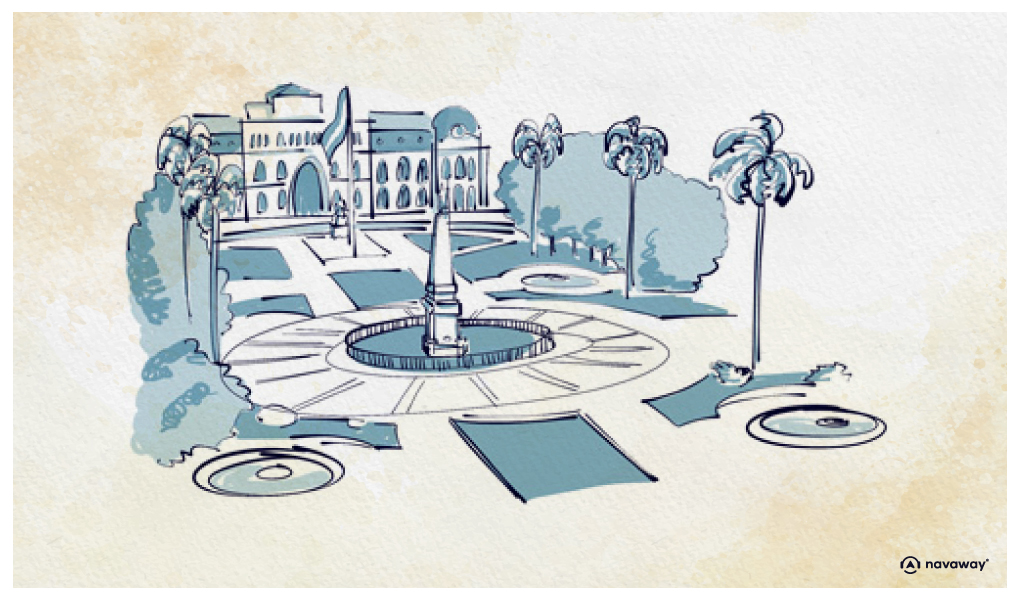
This point of interest is available as audio on the tour: Visit Buenos Aires, The soul of Argentina
You’re at the heart of downtown Buenos Aires, in the Plaza de Mayo, right opposite the Casa Rosada, the presidential palace. It takes us back to a dark chapter in Argentinian history: the days of the dictatorship. On May 24, 1976, a military junta seized control of the country, stripping citizens of their rights and freedoms. Inspired by the Uruguayan dictatorship, they launched a “national reorganization” aiming for the mass elimination of their opponents. This came to be legally recognized as genocide. Thousands of people went missing, mostly students, workers, and activists. They were held in secret detention centers, then tortured and killed, or loaded into aircraft and thrown into the La Plata River; these came to be known as “death flights”. Some 30,000 people were reported missing under the Argentine dictatorship, 15,000 were executed, 9,000 were held as political prisoners and 1.5 million out of the 32 million locals were forced into exile. On top of that, around 500 babies were stolen – either born in captivity or taken from imprisoned parents – and given away to families close to the regime. The dictatorship robbed people of both their present and future. I hate to dampen the mood like this, but this is a crucial part of Argentina’s story, still very fresh in people’s minds. So you see, you can’t just walk through the Plaza de Mayo without first grasping the weight of its past. For those interested in the specifics of this tragic story, feel free to grab a seat – the audio guide will continue for a bit to fill you in on all the details. Otherwise, you can skip ahead to our next point of interest. See those painted white headscarves on the ground? They are the symbol of the Mothers of Plaza de Mayo, now known as the Grandmothers of Plaza de Mayo. In 1977, after a year of terror and unexplained disappearances, in a country where people had no rights and their lives were no longer of value, a group of women started demanding answers. They gathered peacefully by the Pirámide de Mayo, pleading for the return of their illegally detained children. As a silent protest, they wore white scarves – originally the cloth diapers of their babies. They expected a meeting with the junta leader, but were coldly told to “move along”. And so they did, technically speaking… Every Thursday, they walked in circles around the square, and they still do it to this day, as these mothers have now become grandmothers and even great-grandmothers. Eventually, some of them started asking questions about the children of their missing children. These twelve mothers also wondered what would happen to the babies of their daughters or daughters-in-law who had been captured pregnant. The odds were stacked against them. They were ignored and met with contempt, but a mother who has nothing left to lose knows no bounds. And so, they got organized, met in secret, knocked on every door, wrote petitions, filed legal complaints, and desperately gathered information about their grandchildren who were growing up far away, unrecognizable with each passing year. They knew about DNA paternity testing, but there was a problem there – the parents themselves were missing. Then, in 1983, a team of American researchers developed a formula for establishing kinship even in the absence of parents, that is through blood tests of grandparents and grandchildren. This year also marked the end of the dictatorship in Argentina. The Grandmothers of Plaza de Mayo, now with renewed hope, pushed for a new law to be passed, which led to the creation of the National Genetic Data Bank in 1987. From then on, families whose children or grandchildren disappeared during the dictatorship could register their DNA in the database. The Grandmothers had fought for the right to identity since the very beginning. Initially, the families who raised the stolen babies were called “parents of the heart”. But the Grandmothers believed that only by reclaiming their true identities could these stolen children be truly free. The National Commission for the Right to an Identity (CoNaDI) was then established in Argentina, allowing anyone with doubts about their origins to seek answers through the blood bank. A few years after the restoration of democracy, five junta leaders were put on trial, but military pressure led to the “Full Stop Law” (Ley de Punto Final) basically shutting down further prosecutions for crimes committed during the Argentine dictatorship. But this amnesty did not apply to baby-stealing. Thanks to this loophole, some regime leaders were sentenced to fifty years in prison. In 1998, these laws were finally repealed, though not retroactively, so it didn’t make much of a difference. Then, in 2005, Nestor Kirchner’s left-wing government declared the impunity laws unconstitutional. There have been many trials since then, with several dictatorship leaders sentenced to life in prison for crimes against humanity in 2021. Between 1977 and 2020, over 100 babies were identified, allowing these now young adults to finally unravel the mystery of their birth, learn the truth about their biological parents, and share their ancestral story with their children. The Grandmothers continue their peaceful Thursday marches on the Plaza de Mayo, to this day. We stand with them in their fight, for their unwavering spirit at over 80 is a testament to the power of courage and hope.

Discover other tours to visit Buenos Aires

Discover Buenos Aires with app
An interactive guide through the most beautiful streets, squares, and districts
18 fun audioguides full of historical facts, anecdotes, and legends
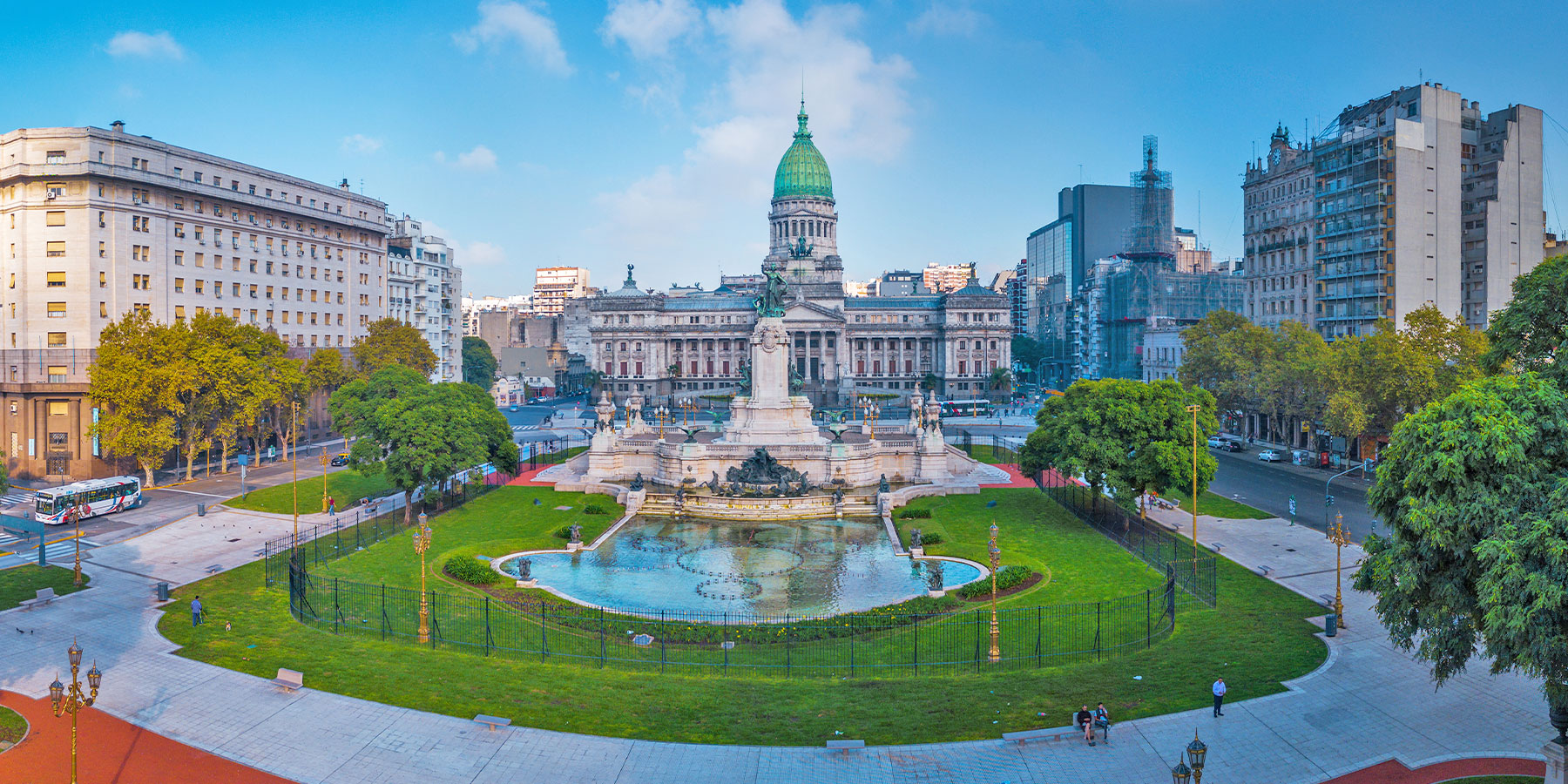

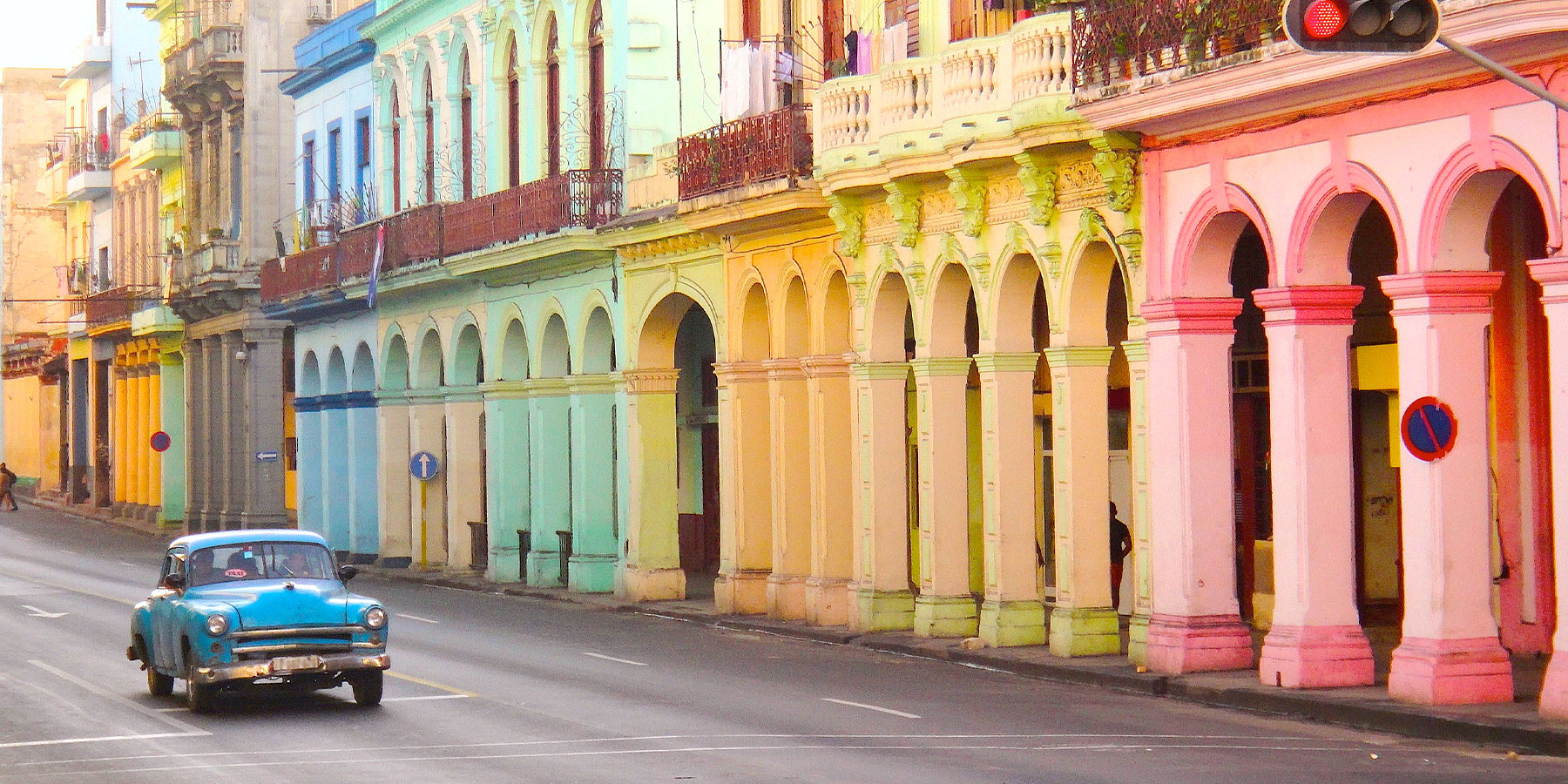
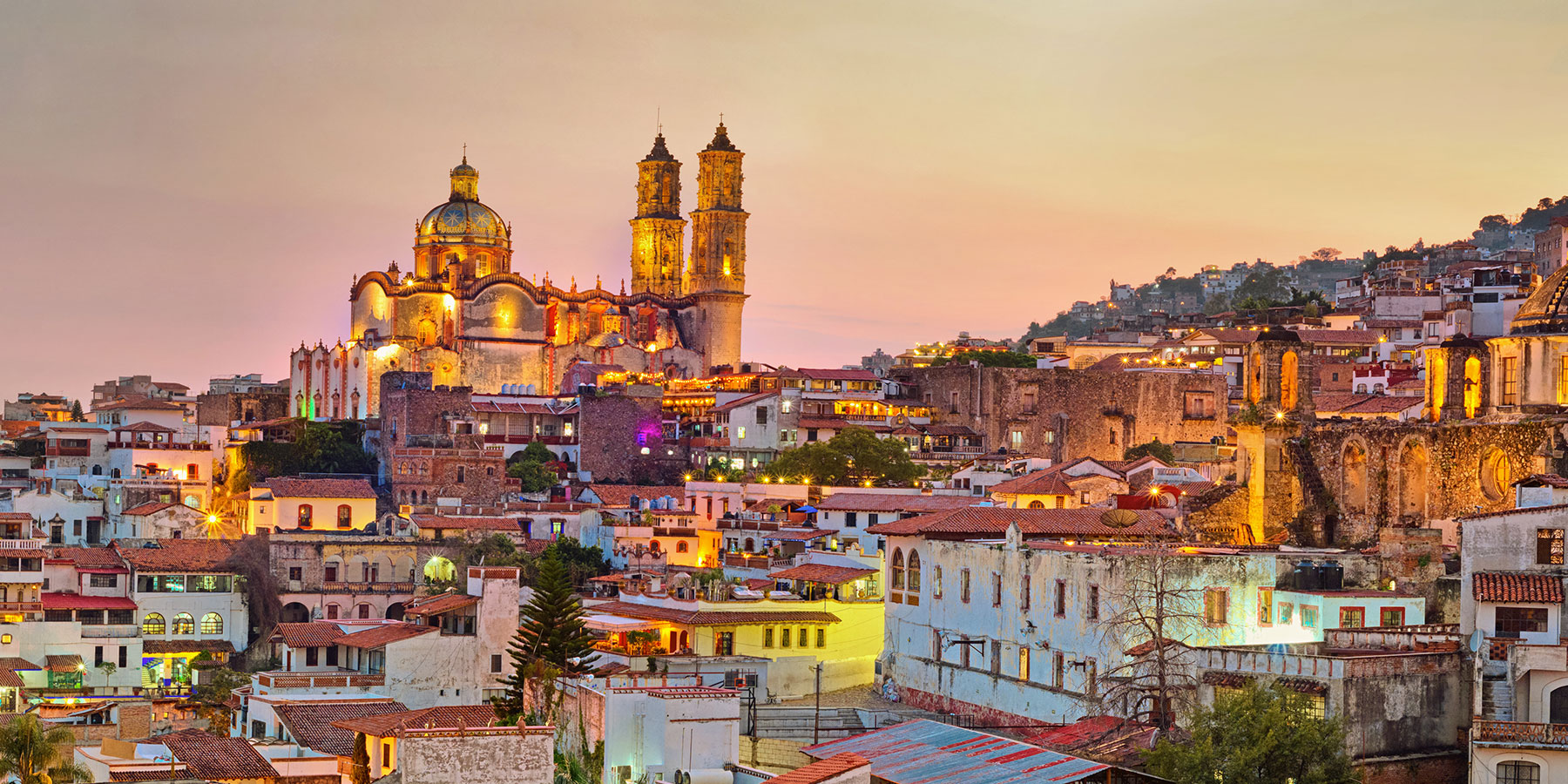


Comments